If you lived in Westchester County in southern New York, or in western Connecticut during the later half of the 19th century, you might know who this mysterious man is. He was a hulking figure that would amble through towns, walking with the aid of a stick and a few worldly possessions, and all dressed in a strange patchwork outfit of leather scraps. He was known only as the Leatherman.
This mysterious vagabond was actually quite the beloved figure in the small towns that dotted the countryside between the Hudson and Connecticut Rivers, even though his description is a little alarming.
To this day, no one knows where exactly the Leatherman came from, or even what his real name was. All they knew is that he walked a continuous, 365-mile loop for thirty years straight, and would pass through the same towns about every 35 days like clockwork.
Bizarre? Yes. However, no matter how strange this man seemed, people would supply him with meals regularly. In fact, he was known to stop at the same houses for years every time he passed by. As his status as a local oddity grew, people came to look forward to his arrival. Housewives made extra food and children would be let out of school to watch for him. If kids left pennies on the fence when he passed, he was known to replace them with shiny ones. Towns that outlawed the homeless made exceptions for him.
But naturally, people were curious. What on Earth could possibly make someone spend their entire life walking, wearing a suit made entirely of stitched-together shoe leather?
Unfortunately, asking him proved useless. For one thing, the Leatherman barely spoke. When he did, his English was broken and he had a heavy French accent, leading many to believe he was either French or French-Canadian. Today, people suspect his lack of speaking, even in his native language, might have been due to a disorder, maybe on the Autism spectrum. And mysteriously, if asked about his background, he would sort of shut down, and end the “conversation.”
What little we do know about him was cobbled together from anecdotes of the people whose houses he visited. He was Roman Catholic: he carried a French-language prayer book and refused meat on Fridays.
Despite his strangeness, people cared about the Leatherman, and worried for his health during harsh weather. He was once even arrested and hospitalized when some people expressed concern over a sore on his lip, but he escaped and resumed walking before he could be examined. He survived the Blizzard of 1888, but the following year, he succumbed to what was likely cancer–the sore on his lip was actually a cancerous lesion. His body was found in a cave in Ossining, New York.
He was buried there under the name “Jules Bourglay.” Exactly how that name was decided is unclear, but a legend sprung up that he was a leather merchant in France who lost his fortune and his bride, and wandered the Northeast as some kind of penance. (Historians agree this is probably not true at all.)
After he died, some newspapers created a sensationalized version of him, making him into a horrific, child-eating monster. This was shut down, though, due to protests from those who had interacted with him, and insisted he was a gentle, if odd, person.
In 2011, historians dug up his grave to see if they could find out anything else about him, and to test the remains to see if his origin could be determined, and this is where the story gets even stranger: on opening the coffin, there was no body. Just…nothing. What little there was, mainly some coffin nails, were reburied under a new marker, where people still leave pennies. As for the missing Leatherman? Maybe he’s still walking.
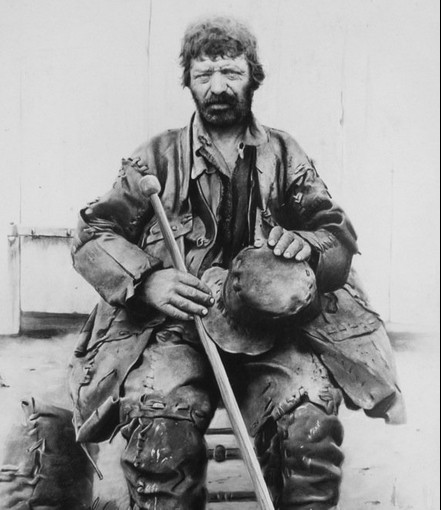 share
share
 share
share
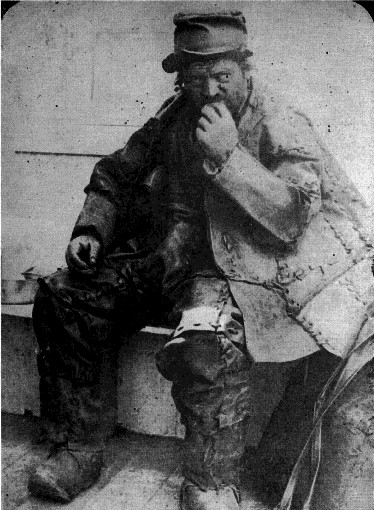 share
share
 share
share
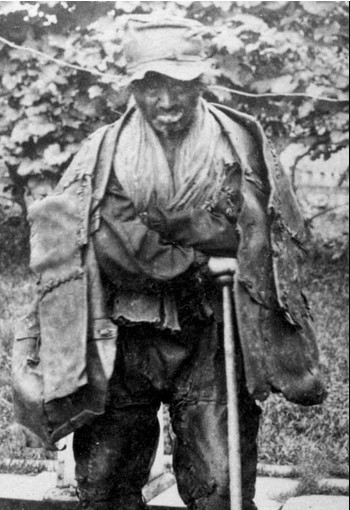 share
share
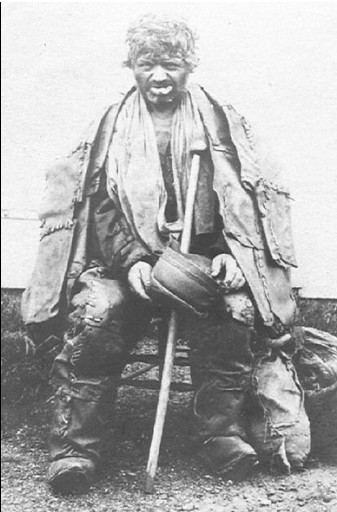 share
share
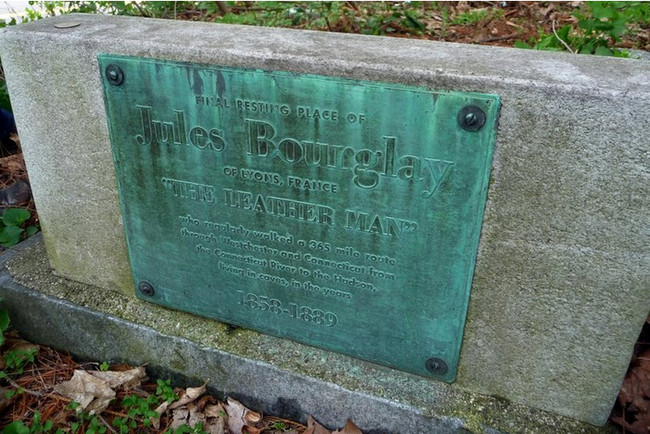 share
share
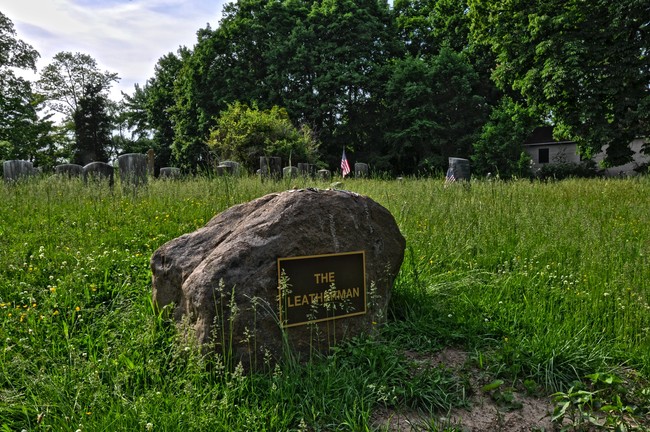 share
share



